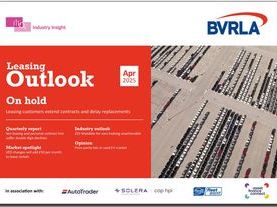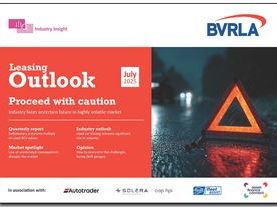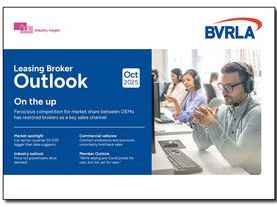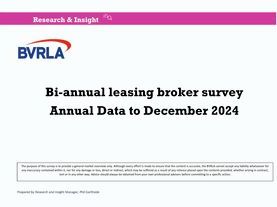The 2021 edition of the BVRLA's annual Road to Zero Report Card not only assesses progress towards zero emission fleets in terms of EV supply, EV demand and charging infrastructure, but also for the first time compares progress for cars, vans and trucks.
The results of this year's Report Card are stark. Whilst the picture for cars is mostly encouraging, where a positive outlook for BEV infrastructure and supply achieves an ‘Amber - accelerating’ rating, and surging demand gains a ‘Green – cruising’ score, things are more challenging for vans and trucks.
BEV infrastructure, supply and demand for vans all get an ‘Amber – brakes-on’ assessment. This reflects growing concerns about a shortage of suitable electric vans for many key use cases, issues with public charging infrastructure and insufficient government support in the form of grants and tax incentives. This contrasts strongly with fleet car segments that are embracing BEVs with enthusiasm, driven by a favourable tax regime, a raft of new models and significant growth in the charging network.
The report’s biggest concerns are reserved for the HGV market. With the Government poised to issue a 2035-2040 phase-out deadline, the sector receives a blanket ‘Red – parked’ rating. There is precious little momentum in this fleet segment, with no phase-out delivery plan, no technology roadmap, no mainstream vehicles and no charging infrastructure.
Recommendations
We have suggested a series of recommendations for the Government to undertake to accelerate this progress. The primary asks are:
-
Demand: Give more clarity and foresight on future grant levels and tax benefits.
- Infrastructure: Provide businesses with the information and financial assistance they need to accelerate the rollout of rapid private charging infrastructure
- Supply: Continue to provide significant financial support for the development, testing and trialling of zero emission HGVs and larger vans
- Another area requiring close attention is the used BEV market. Our members are key suppliers of vehicles to the second-hand market. Owners of second-hand BEVs can benefit from significant savings on the TCO compared to second-hand diesel or petrol equivalents. Since vehicle owners in the bottom 40% of household incomes tend to buy second-hand cars, it is important to ensure that low-income households are not left behind with vehicles that are expensive and polluting. This is why we have recommended the Government develop a range of support measures to underpin the second-hand EV market.
Sustainability Credentials
This diversity in decarbonisation trajectories is backed up by the BVRLA’s latest Fleet Sustainability credentials, which profiles a range of fleet segments according to BEV uptake and Clean Air Zone compliance.
- Cars: Less than 1% (0.7%) of the total UK car parc is currently zero emission, whereas 22% of salary sacrifice cars, 8% of company cars and 7% of car club cars are BEVs. However, the unique decarbonisation challenges faced by the car rental sector is reflected in the fact that its BEV fleet currently stands at just 0.6%.
- Vans: One percent of the current leased LCV market is made up of battery electric vans, which in turn make up just 0.4% of the wider van parc. Again, the rental market is behind, with just 0.1% of its fleet battery electric.




